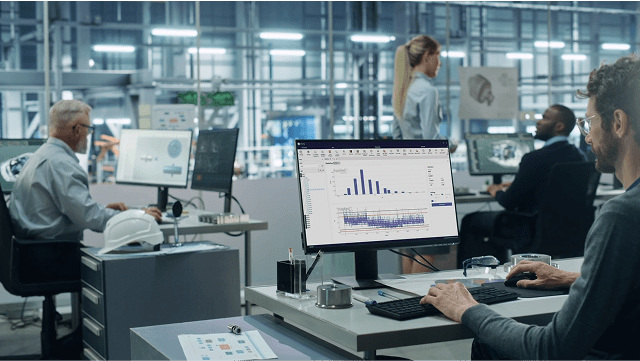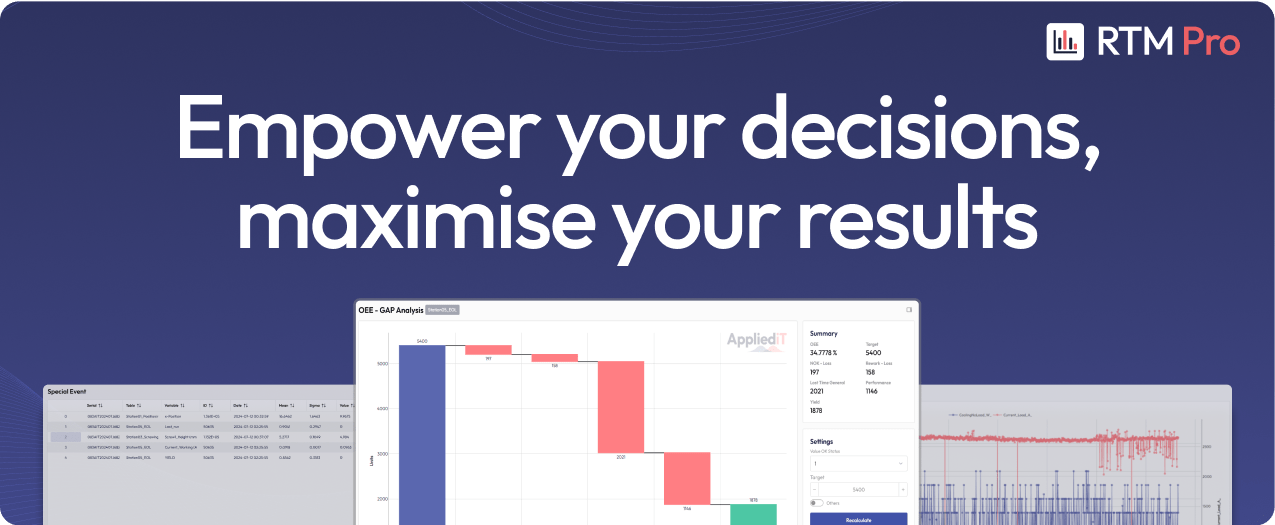In today’s business landscape, companies depend on robust data pipelines for decision making. However, with the increasing volume and complexity of data, ensuring its reliability is a major challenge.
This is where data observability becomes crucial. This discipline allows monitoring and understanding of data flows, providing full visibility on their quality, flow and performance.
This enables teams to proactively identify and resolve problems, resulting in more reliable and efficient data operations.
Introduction to Data Observability
Data has become the driver of innovation and business decision making, making data observability a critical discipline. This emerges as a necessary evolution in the way organisations manage and rely on their information assets.
At its core, Data Observability is the ability to understand the state, health and performance of data throughout its lifecycle. It involves having deep and continuous visibility into data pipelines, sources, transformations and consumption, enabling us to proactively anticipate, detect and resolve data issues before they have a negative impact.
Data Observability focuses on specific data metrics, including:
- Freshness: When was the data last updated and is it arriving on time and with the expected periodicity?
- Volume:Is the amount of incoming or outgoing data as expected, are there abnormal spikes or drops?
- Schema:Has the data structure changed unexpectedly, have columns been added, deleted or modified?
- Quality:Are the data accurate, complete, consistent and valid, and are there any nulls, duplicates or out-of-range values?
- Lineage:Are the data accurate, complete, consistent and valid, and are there any nulls, duplicates or out-of-range values?
By monitoring these five pillars, organisations can obtain a clear and real-time picture of the reliability of their data, mitigating risks and ensuring that information is used for decision making and in a reliable manner.

Analytics Software: Backbone of Data Observability
Having data analytics software is a must for effective Data Observability. It is not an option, but a necessity in today’s complex data landscape, enabling companies to move from reactive to proactive and strategic data management.
The key reasons are:
- Real-Time Anomaly Detection: Software, often powered by AI and Machine Learning, goes beyond static thresholds, learning normal patterns and detecting subtle anomalies in data volume, freshness or distribution that would otherwise go unnoticed.
- Comprehensive and Centralised Visibility:Provides unified dashboards and visualisations that consolidate data health. This gives teams a 360-degree view of observability across the entire data pipeline, eliminating blind spots.
- Automation and Efficiency:Automates metrics collection, quality rule execution and anomaly detection. This reduces manual effort, freeing engineers and analysts for higher-value tasks and enabling proactive alerts for rapid resolution.
- Root Cause Streamlining:Analytic platforms correlate metrics and events, providing rich context for problems. They can show the lineage of affected data, failed transformation and impacted reports, streamlining resolution.
- Continuous Quality Improvement:The software identifies recurring patterns of data errors, allowing organisations to address systemic root causes and validate that new changes do not introduce quality problems.
Applying a solution such as RTM Pro can be of great value as it is specifically designed for problem solving in the manufacturing and Industry 4.0 environment. RTM Pro’s ability to analyse data in real time is fundamental to Data Observability, particularly in operations.
Moreover, its value lies in identifying trends, correlations, key indicators and the root cause of problems.

Advantages of data observability
Implementing a robust Data Observability strategy is not just a precautionary measure, but an investment that generates multiple critical benefits, transforming the way organisations interact with their most valuable asset. But that’s not all, it offers benefits that are essential:
- Confidence in Data: Ensures that data is accurate and current, enabling fast and reliable decisions.
- Proactive Detection and Speed:Identifies data problems in real time, reducing the time to detect and resolve issues (MTTD/MTTR) before they impact.
- Operational Efficiency:Automates monitoring, freeing data teams from ‘firefighting’ to focus on higher value tasks.
- Continuous Quality Improvement:Provides constant feedback on quality, allowing root causes of problems to be addressed in a systemic way.
- User Empowerment:By increasing trust in data, it democratises its access and use by business teams.
- Robust AI/ML support:Ensures that AI and Machine Learning models operate with reliable and fresh data, crucial for their accuracy and value.
Conclusion
In the dynamic business landscape of 2025, where data is the most valuable asset and Artificial Intelligence is establishing itself as a pillar of innovation, Data Observability is no longer an aspiration but a strategic imperative. It is no longer enough to collect and store large volumes of information; the real competitive advantage lies in the ability to fully rely on that data at every stage of its lifecycle.
Implementing a robust Data Observability strategy ensures that organisations can proactively monitor the freshness, volume, schema, quality and lineage of their data. This comprehensive approach enables early detection of anomalies, drastically minimising downtime and the negative impact on critical operations and decision making. By moving from reactive to proactive management, companies free their valuable data teams from ‘firefighting’ tasks, allowing them to focus on innovation and value generation.
Beyond operational efficiency, Data Observability builds a culture of trust in data across the organisation, empowering business users and ensuring that AI and Machine Learning initiatives are underpinned by a solid and reliable information foundation. Ultimately, an investment in Data Observability is an investment in the resilience, agility and decision making capabilities of the enterprise – critical pillars for successfully navigating the future.
Share this post






